Philanthropic collaboratives are finding ways to more effectively measure impact
Candid
MAY 13, 2024
In a 2022 survey, nearly 70% of respondents cited building measurement, evaluation, and learning capabilities as a critical area in which they would like to invest. A collaborative may seek a particular mix of grantees designed to maximize the impact it seeks. Here we’ll focus on equitably measuring across a portfolio of grantees.

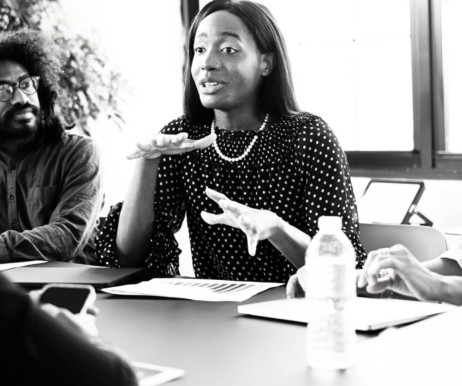
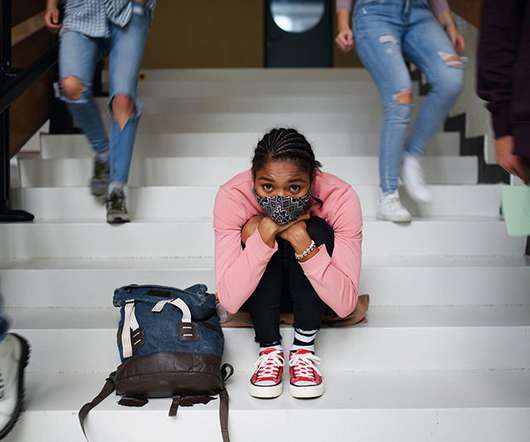

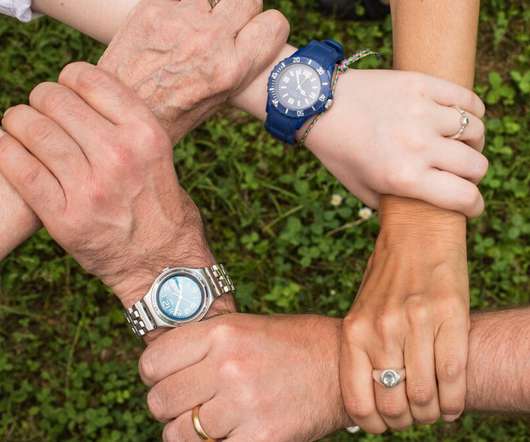

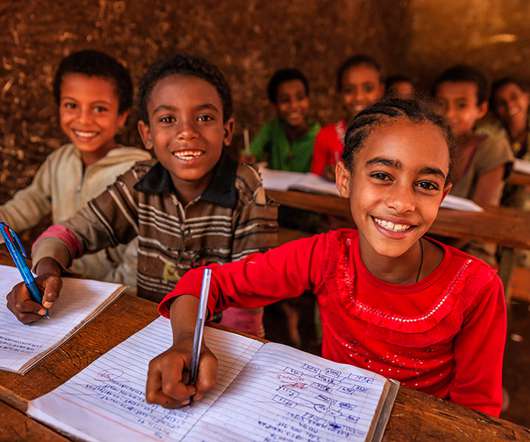

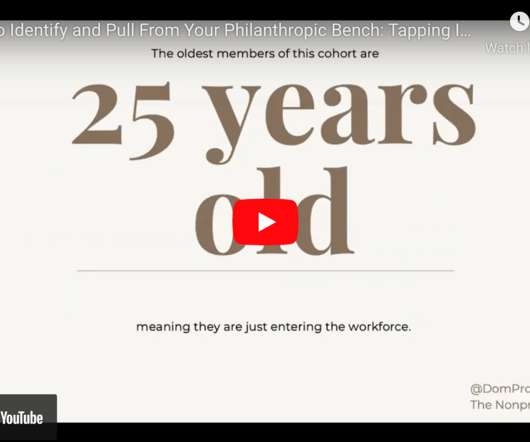






Let's personalize your content